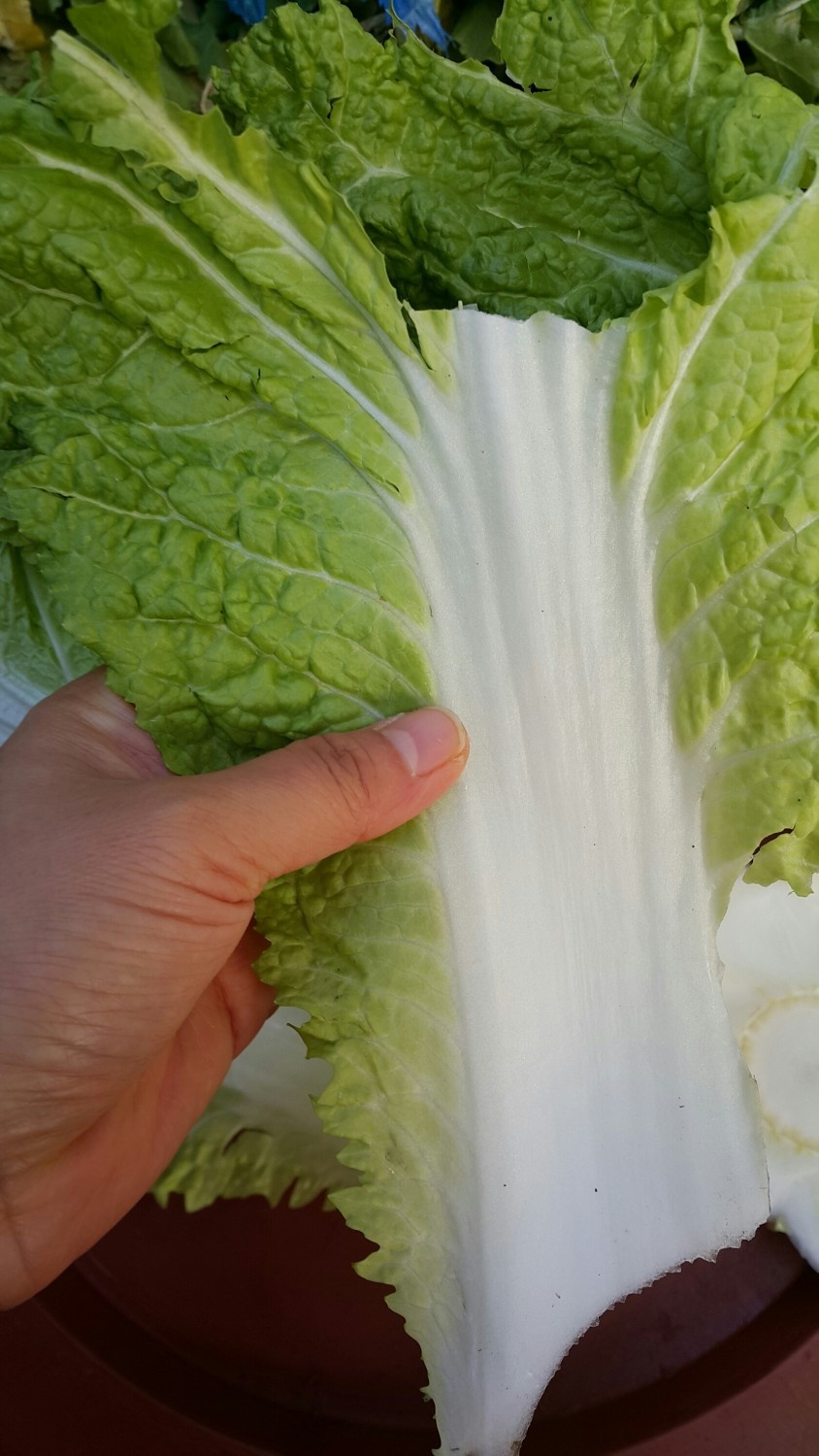
the preparation of cabbage
Cabbage wooji that you get as a bonus when you put kimchi in it
This year, the cabbage is very delicious, and even the cabbage tastes good.
After preparing it, you can eat it deliciously with gamjatang and Ugeogi Hangover soup
It's a cabbage patch..
Let's not throw it away anymore and keep it in the freezer.
6 serving
Within 60 minutes
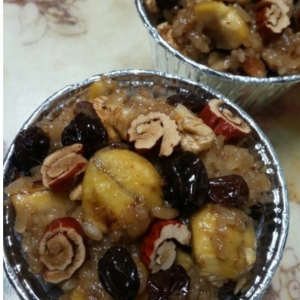
엄마의집밥이야기
- Ingredients
-
-
a beggar3kg
-
a thick salt1spoon
-
- Cooking Steps
-
STEP 1/6Green cabbage leaves when making kimchi.. There are times when there are a lot of cabbages.
It's cabbage kimchi left after making it for stew.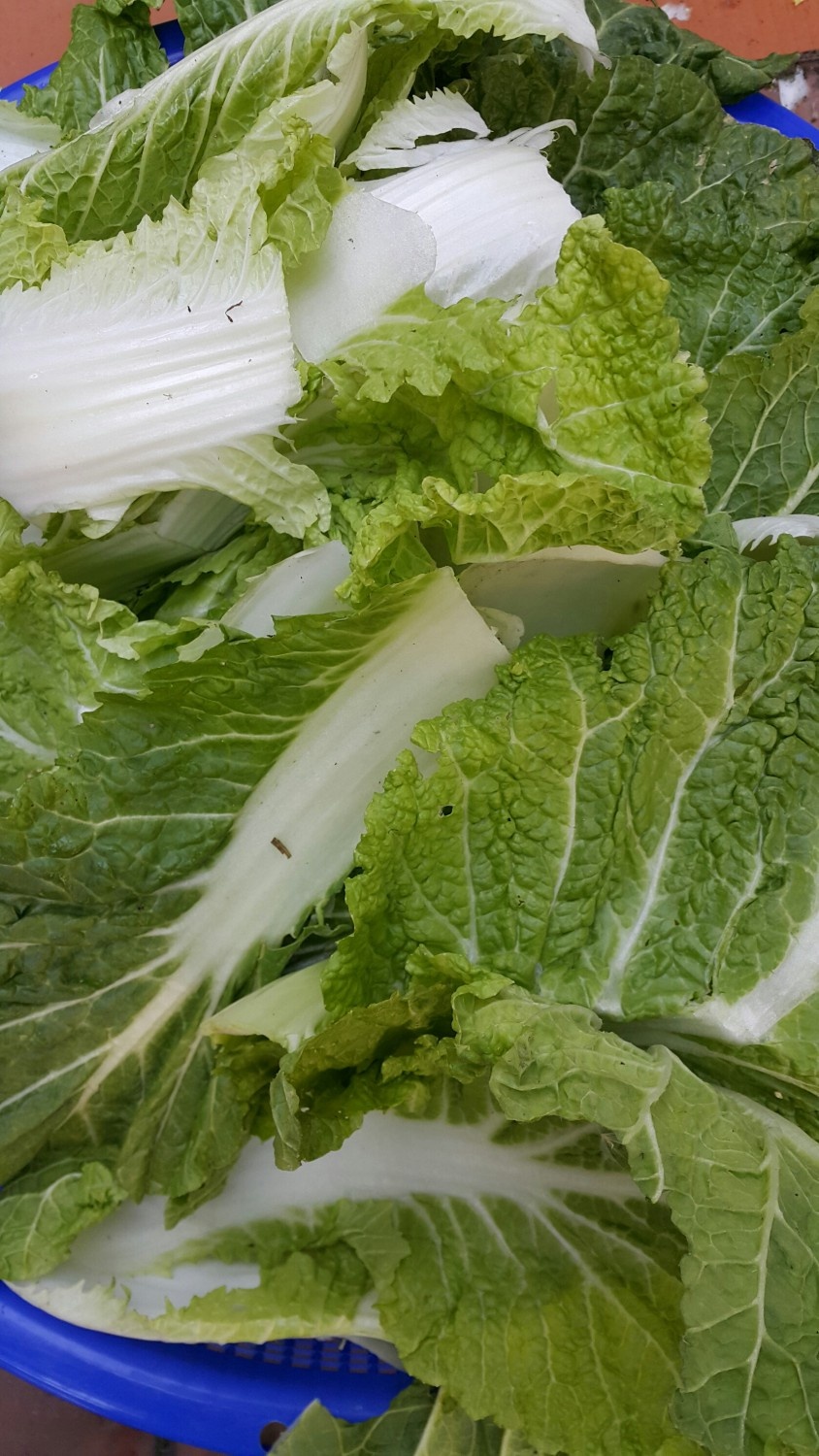 STEP 2/6It is a cabbage leaf, so it is very rough and the stem is thick.
STEP 2/6It is a cabbage leaf, so it is very rough and the stem is thick.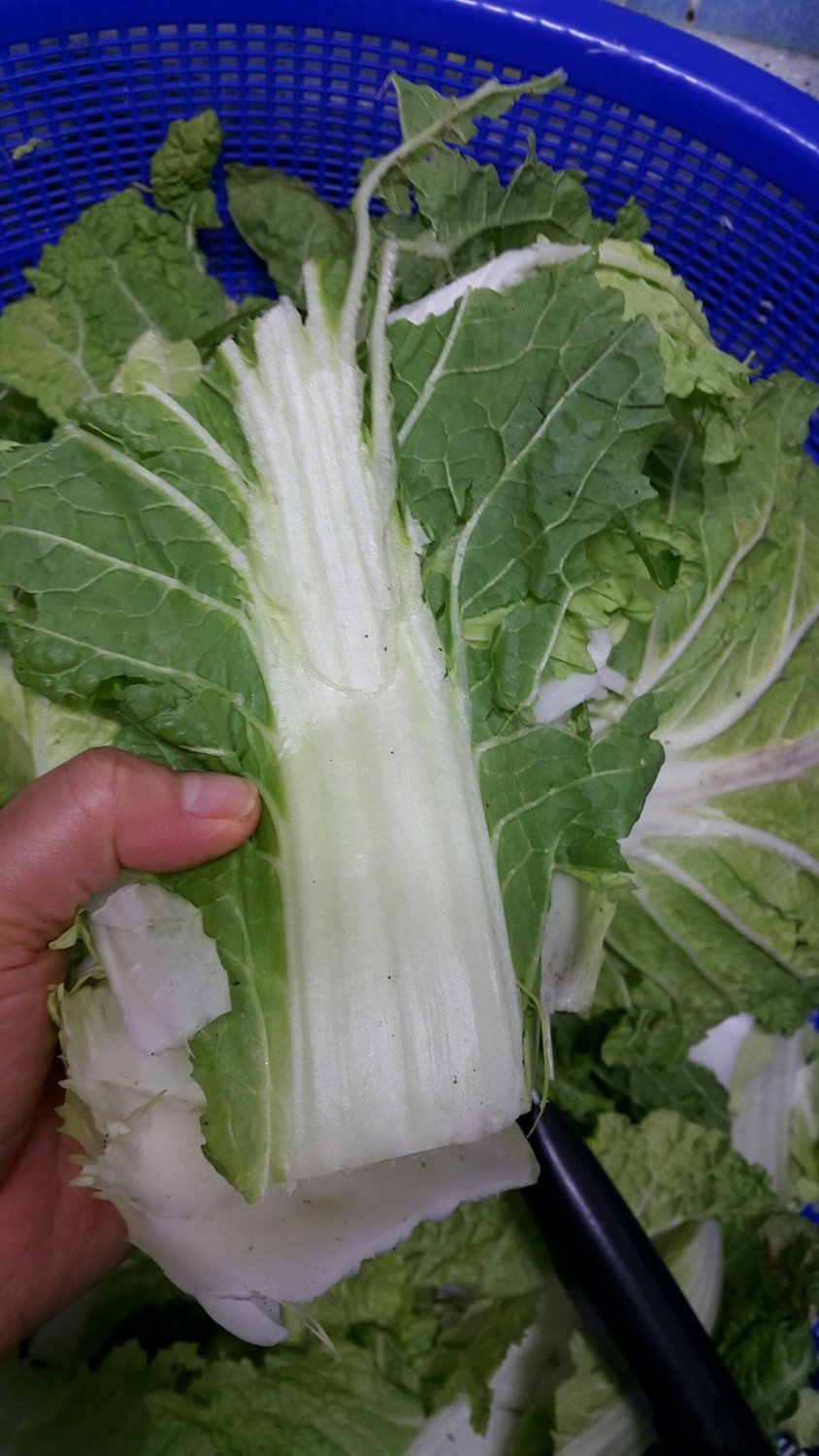 STEP 3/6You can blanch it in boiling water with a whole cabbage leaf, but it is also convenient to cut it a couple of times with a knife.
STEP 3/6You can blanch it in boiling water with a whole cabbage leaf, but it is also convenient to cut it a couple of times with a knife.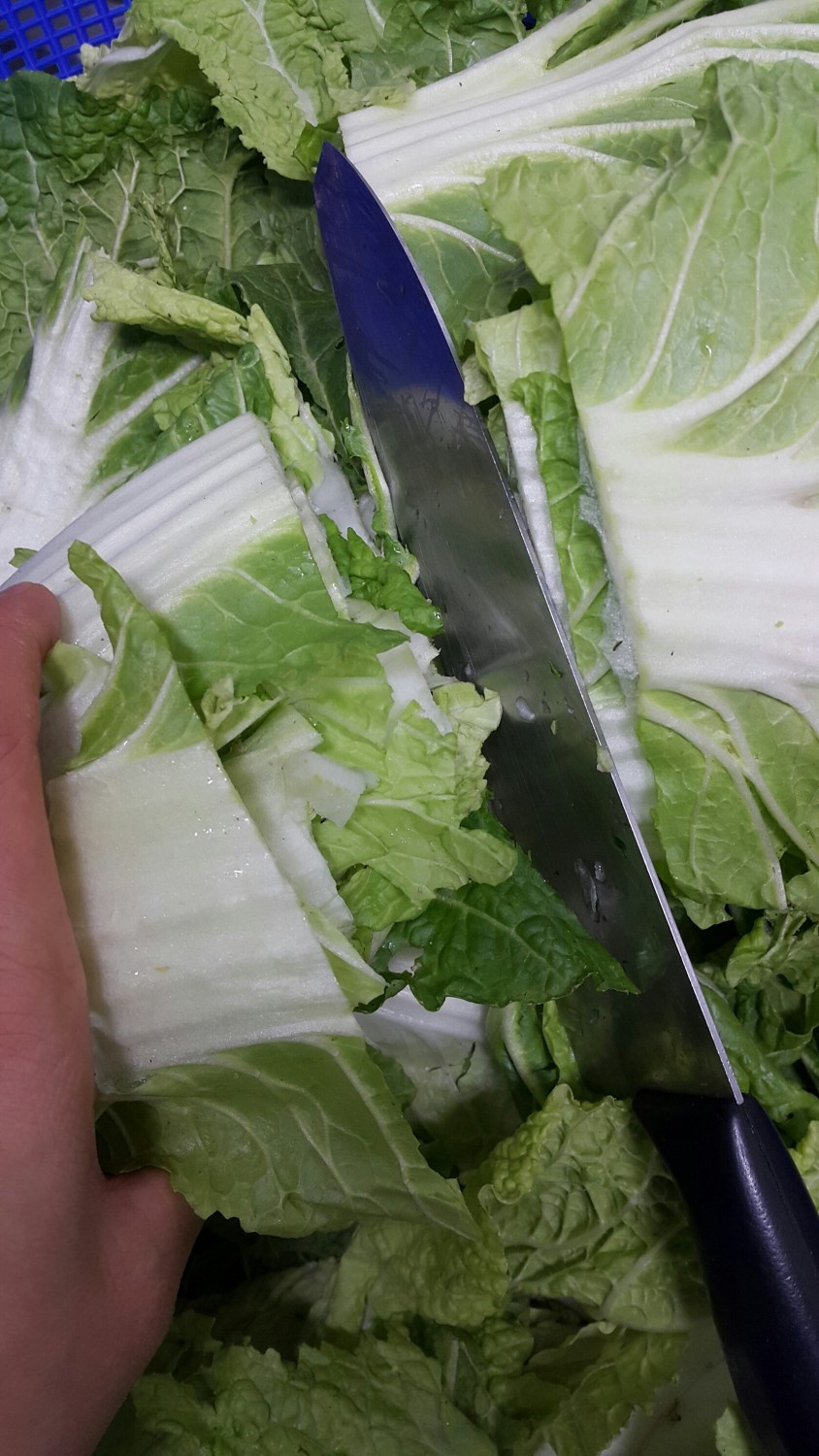 STEP 4/6Boil enough water in a large pot at home, add a spoonful of salt, and boil the chopped cabbage cabbage well.
STEP 4/6Boil enough water in a large pot at home, add a spoonful of salt, and boil the chopped cabbage cabbage well.
* Don't boil it until it's torn down. Just boil it until it's not crunchy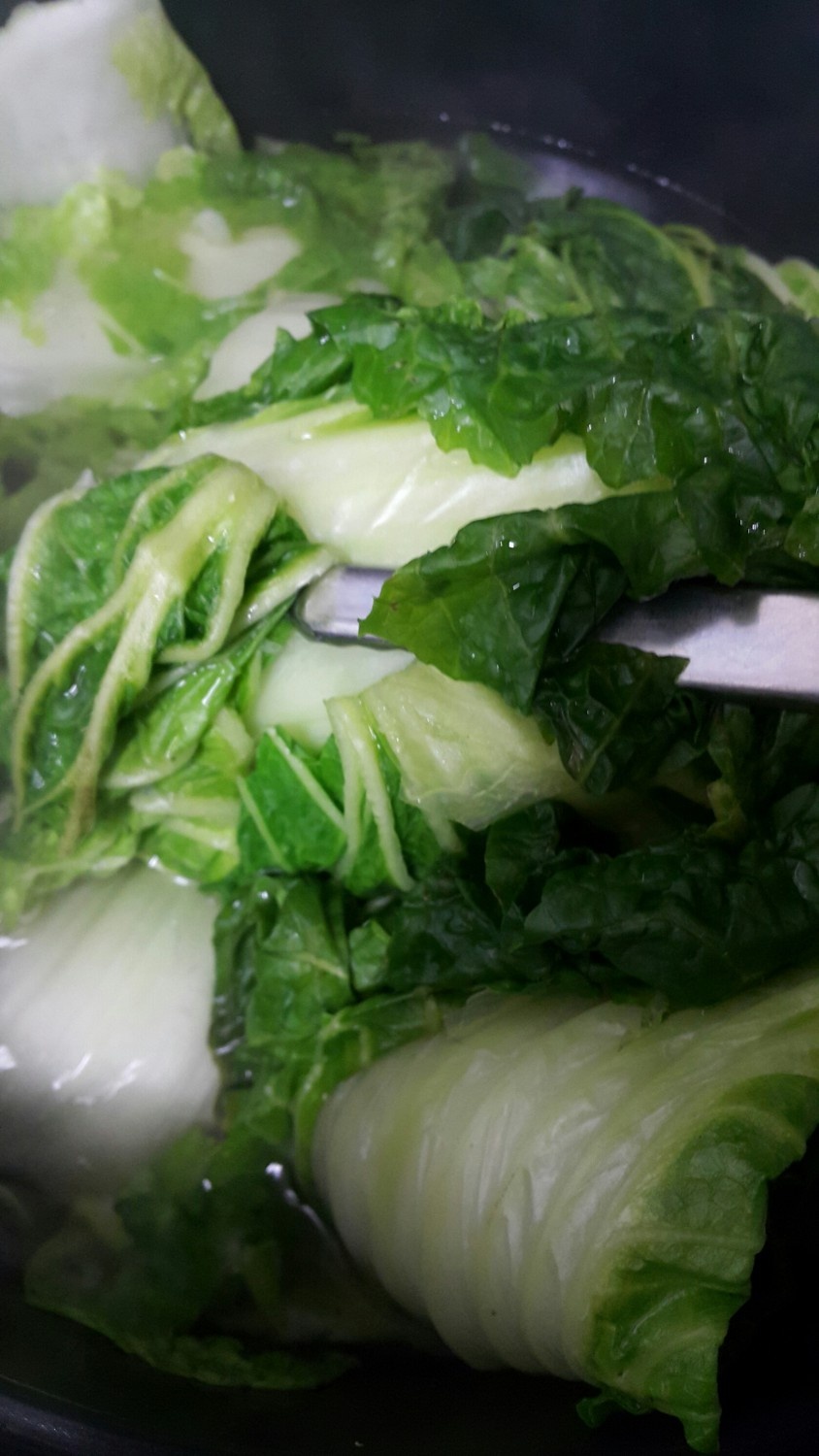 STEP 5/6Wash it clean and soak it in water, or if the amount is large, put the amount to eat once in a plastic pack and store it in a freezer.
STEP 5/6Wash it clean and soak it in water, or if the amount is large, put the amount to eat once in a plastic pack and store it in a freezer. STEP 6/6Remove it when necessary and soak it in water after defrosting it to remove the distinctive smell of the cabbage. (It's good to store it after removing it when freezing it.)
STEP 6/6Remove it when necessary and soak it in water after defrosting it to remove the distinctive smell of the cabbage. (It's good to store it after removing it when freezing it.)
* I made gamjatang with defrosted cabbage.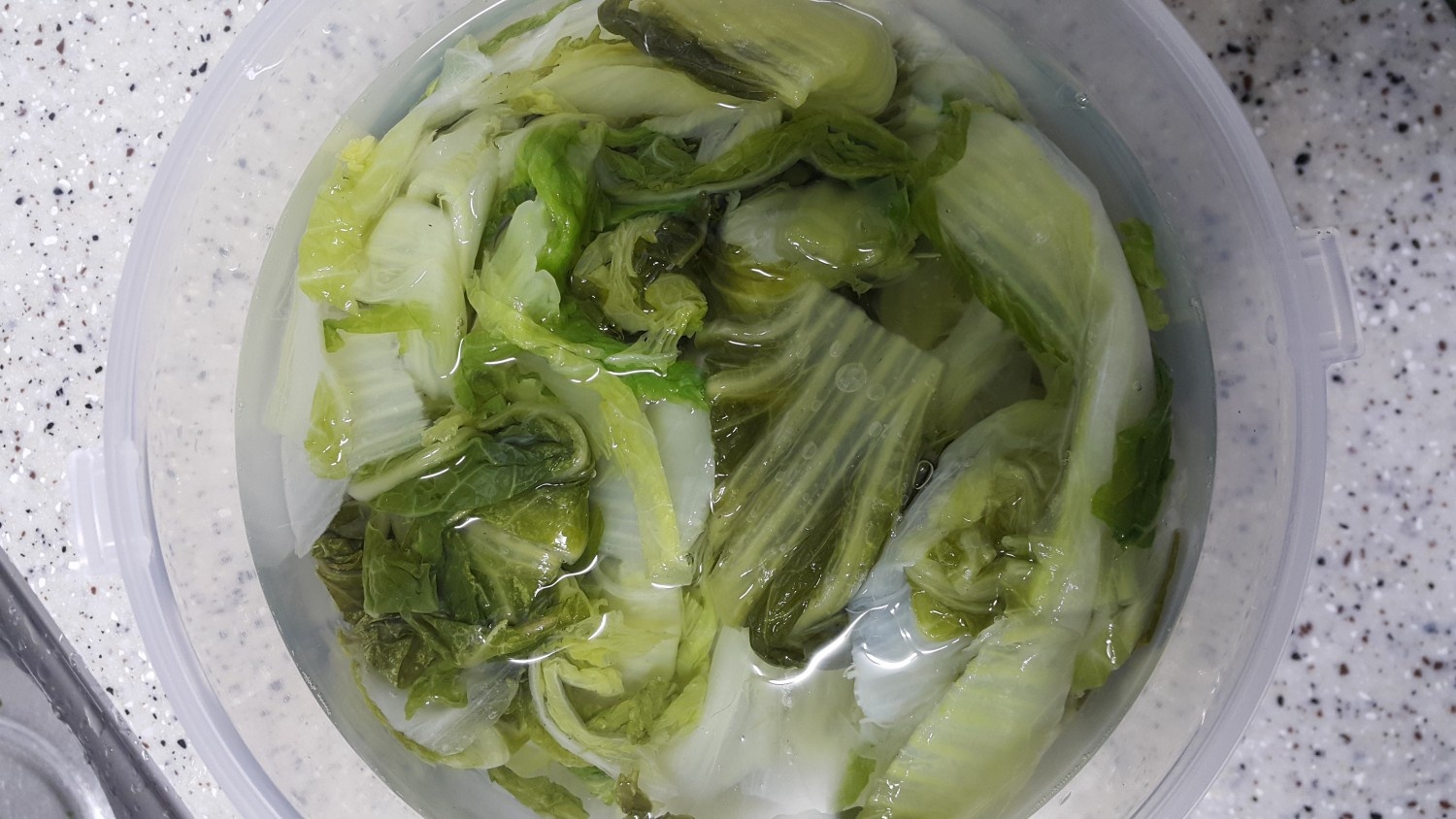 - When boiling cabbage cabbage, pour plenty of water, boil it so that it is not crunchy or fully soaked, and soak it in water to remove the unique smell of cabbage.
- When boiling cabbage cabbage, pour plenty of water, boil it so that it is not crunchy or fully soaked, and soak it in water to remove the unique smell of cabbage.
- Bulgogi Recommended recipe
-
-
1
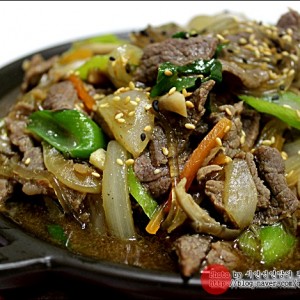 The representative of Korean food! Making delicious beef bulgogi4.86(21)
The representative of Korean food! Making delicious beef bulgogi4.86(21) -
2
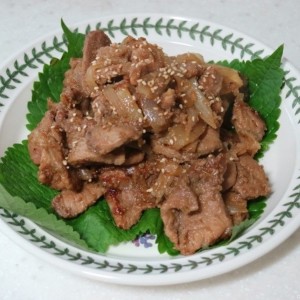 How to make Jongwon Baek pork bulgogi! The soy sauce is so good4.83(47)
How to make Jongwon Baek pork bulgogi! The soy sauce is so good4.83(47) -
3
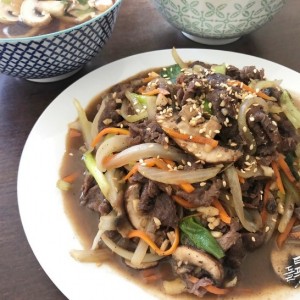 Making bulgogi. The charm of sweet and salty5.00(49)
Making bulgogi. The charm of sweet and salty5.00(49) -
4
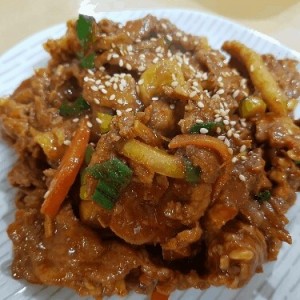 My house's rice thief. Red pepper paste bulgogi4.91(81)
My house's rice thief. Red pepper paste bulgogi4.91(81)
-
- stir-fried Rice Cake Recommended recipe
-
-
1
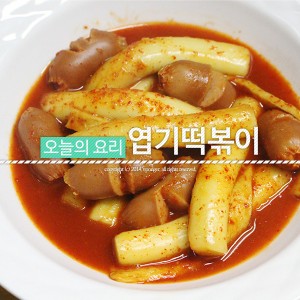 Delicious Dongdaemun Yupgi Tteokbokki Golden Recipe4.87(86)
Delicious Dongdaemun Yupgi Tteokbokki Golden Recipe4.87(86) -
2
 Golden recipe for tteokbokki with soup It's really sweet4.68(53)
Golden recipe for tteokbokki with soup It's really sweet4.68(53) -
3
 Tteokbokki with soup4.91(53)
Tteokbokki with soup4.91(53) -
4
 Soup tteokbokki - Spicy and sweet tteokbokki recipe4.89(47)
Soup tteokbokki - Spicy and sweet tteokbokki recipe4.89(47)
-